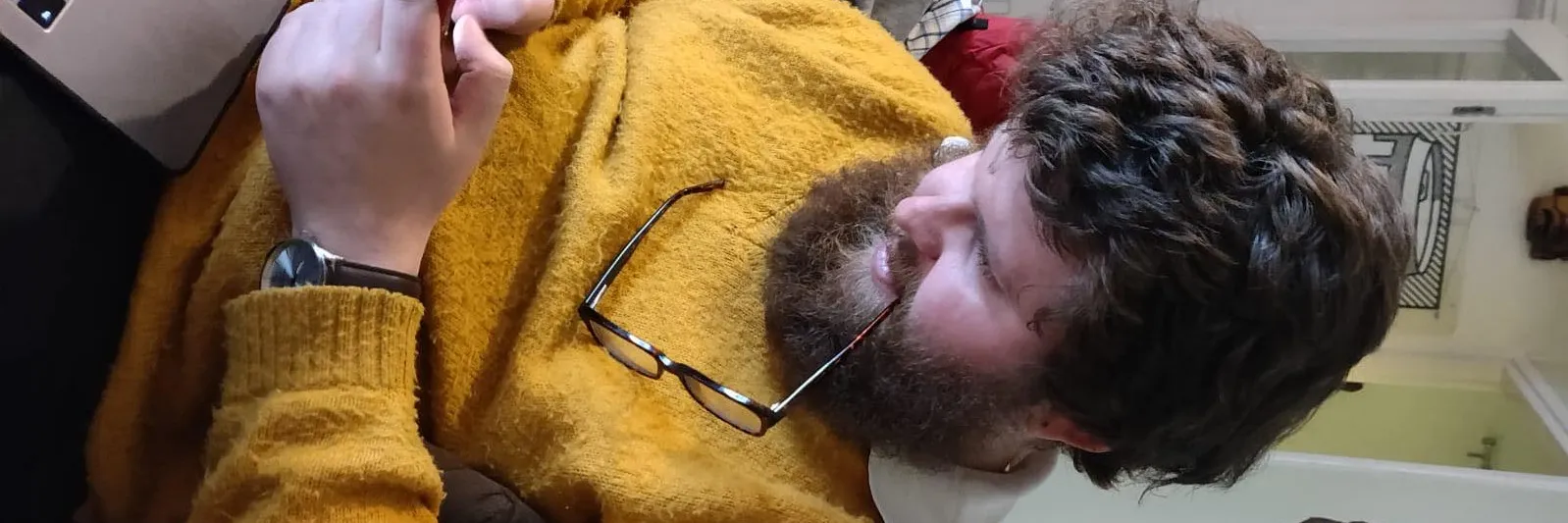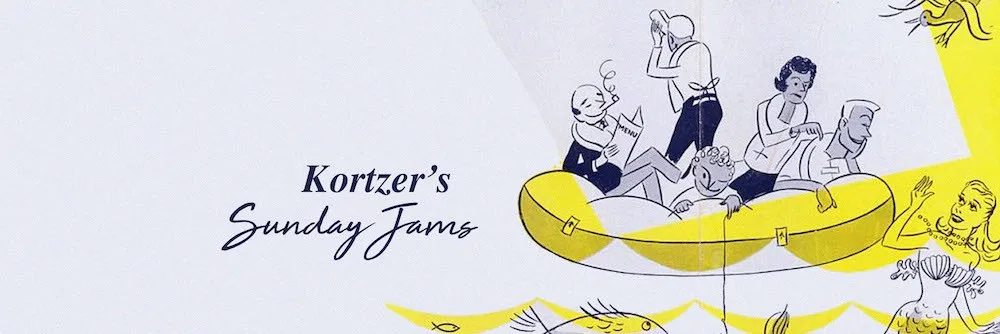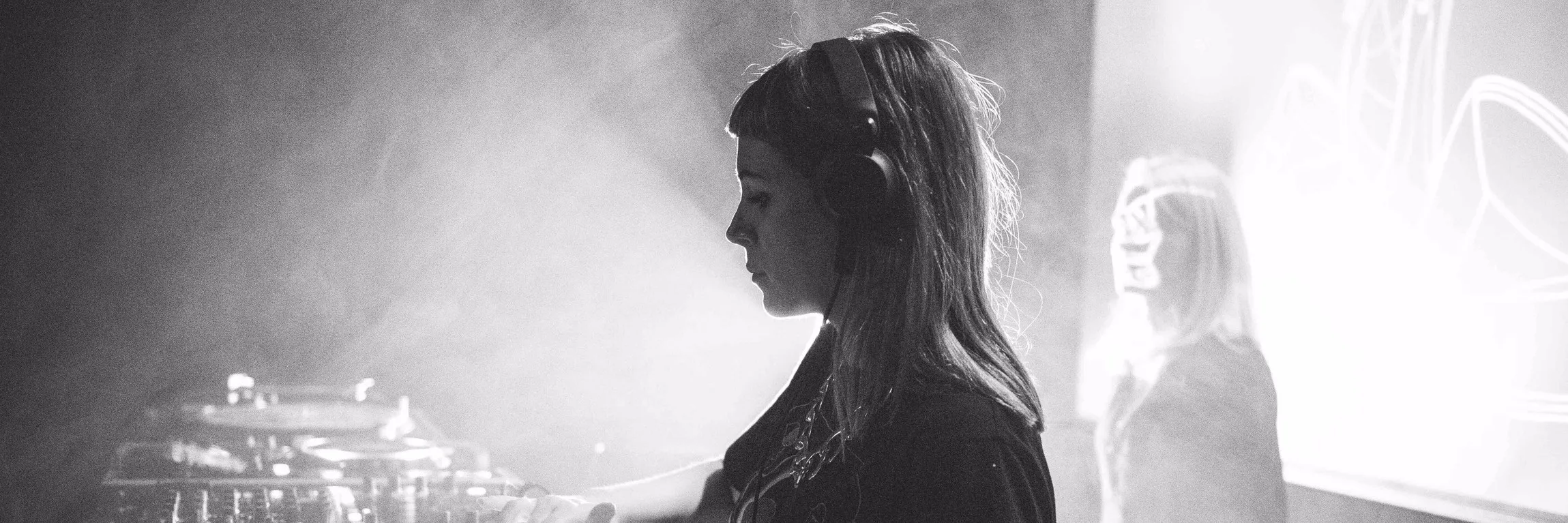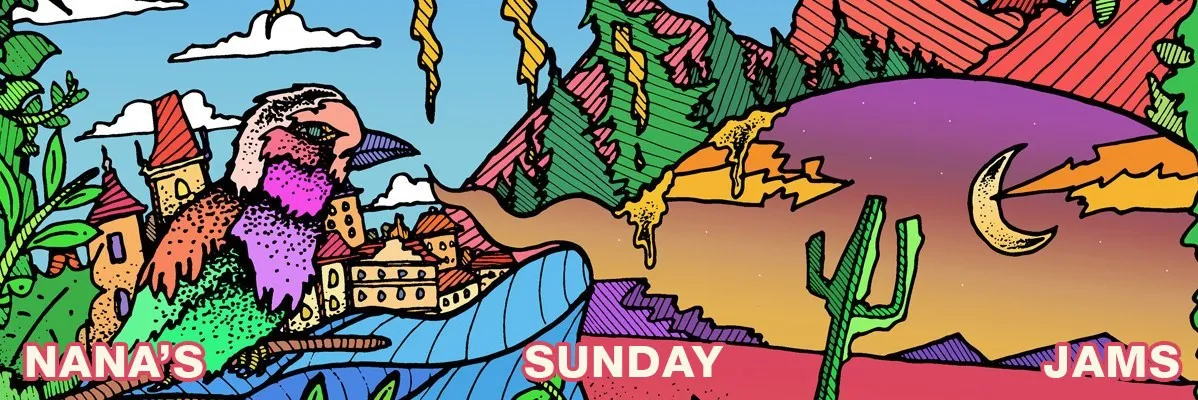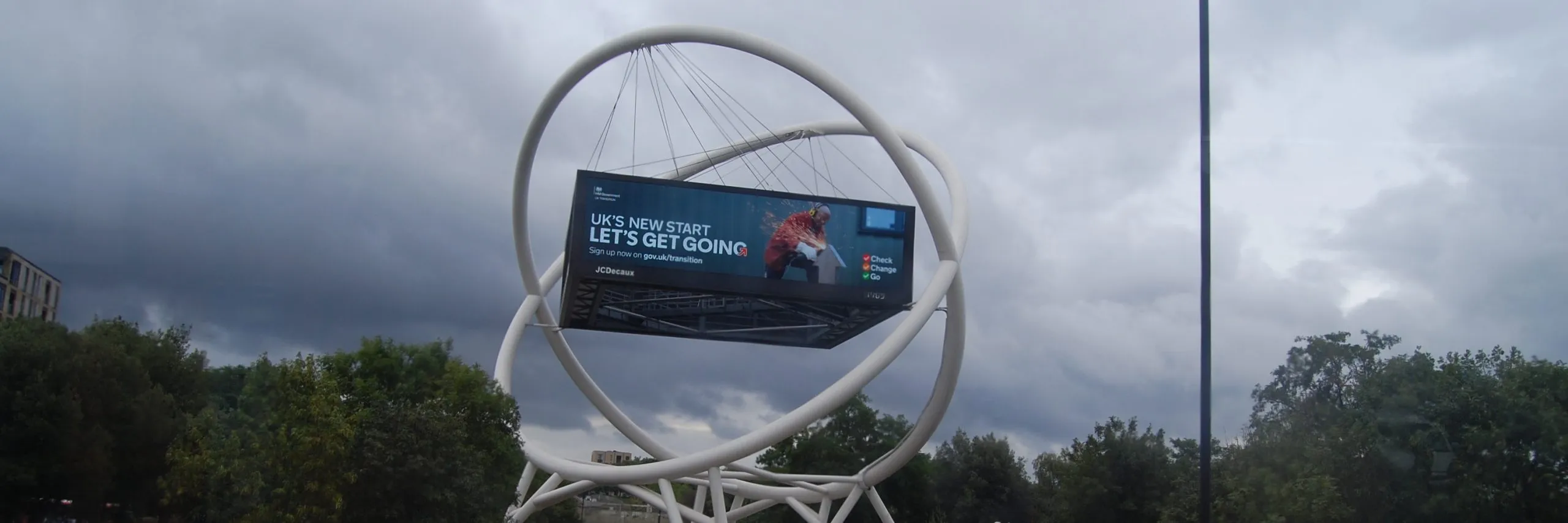 Christ. What a time to be alive ay!!?? We’ll remember this past Saturday for the rest of our lives, mark my words. Britain is stuck in a solidified loop that has swallowed up the winter, everything is the same every single day, and yet, everything is changing. It’s kind of like techno, at any moment in a set the track might sound like a simple, repeated loop, and yet that repetition hides deep r in its folds. Hear to explore this theme of repetition with a look through Britain’s richest, most ragged 80s/90s dance music is LNR, the DJ and journalist behind Threads Radio’s Biodegradable Soundsystem show (which explores the connection between written and sonic communication through the lens of rave microclimates). Prepare yourself for inspiration and BANGERS (all spotifyable tracks are gathered here). Take it away…
Christ. What a time to be alive ay!!?? We’ll remember this past Saturday for the rest of our lives, mark my words. Britain is stuck in a solidified loop that has swallowed up the winter, everything is the same every single day, and yet, everything is changing. It’s kind of like techno, at any moment in a set the track might sound like a simple, repeated loop, and yet that repetition hides deep r in its folds. Hear to explore this theme of repetition with a look through Britain’s richest, most ragged 80s/90s dance music is LNR, the DJ and journalist behind Threads Radio’s Biodegradable Soundsystem show (which explores the connection between written and sonic communication through the lens of rave microclimates). Prepare yourself for inspiration and BANGERS (all spotifyable tracks are gathered here). Take it away…
Motionless mobility: a disposition that has only been understood in global unison this precarious year, catalysing a state of repetition. It is important to explore the idea that this state doesn’t have to be stagnant, rather it is a progressive rotation of events. Gilles Deleuze, a 20th century French philosopher, published “Difference and Repetition” in 1968, a metaphysical examination of the logic behind difference as a transcendental fundament that is a continuous relationship between non-identical entities. Repetition is not identical and with each cycle the properties within each entity progress.
Deleuzean postulation is fondly represented in the arts. Coupled with its rooting in postmodernism, electronic music becomes the ideal patient, transgressing repeating oscillations over a period of time to produce a history that can only then be understood by cross-cutting sociosonics. As the famous counter-cultural legislation goes, powers to shut down a rave is defined by which the _(b) “music” include[d] sounds wholly or predominantly characterised by the emission of a succession of repetitive beats. (Section 1(b) of the Criminal Justice and Public Order Act 1994)_For the purpose of this piece I have decided to intersect Deuleuzean thought with Matt Annis’ documentation of British bass music, “Join the Future”, a recent birthday gift that I have been reading. I have picked eleven tracks that have influenced, pioneered and innovated the British bass landscape, between 1982-1995, representations of high octane wax on rotation. Hijacking the Thatcherite get rich quick mantra through imitation/parody was an ingenious left-wing movement of the working class industrial North, sponsored by a sub saccharine current which provided access to a “socialist utopianism”.
Planet Rock
Before bleep and bass was born, it’s important to understand the nocturnal culture of the industrial North, notably the all-dayers characterised by jazz-fusion dance crews. The Ritz in Manchester was a popular meet up for battles, attended by the likes of Carl Cox, Norman Jay and Terry Farley (pre DJ days) under promoter Neil Rushton (later to become owner of Kool Kat and Network Records). In 1982, New York-born Hip Hop and Electro became popular amongst the working class and predominantly black British Northern communities, soundtracked by the Roland TR-808 which had been released two years prior. Breakdancing infected the Northern Soul circuit at venues like Rock City in Nottingham, The Warehouse in Leeds and The Hacienda in Manchester. Preceding the days of Mike Pickering, Hewan Clarke and Stu Allen were popular Northern DJs mixing the best in street soul, jazz fusion and hip hop. Extra T’s “E T Boogie” is a corny off-kilter 808 workout circulating the jazz funk scene of the early 80s.
\
The Theme
British Bleep & Bass was carved out in Bradford by the members of Unique 3 by tampering with lo-fidelity feedback loops which embodied reggae sound system culture. This accidental meeting coupled with sampler fumbling, like a kid with a new toy, catapulting house music into a new dimension, fornicated by Chicago house and dubplates. Former spinners of Bradford’s breakdance crew Solar City Rockers, the group were influenced by the Electro, Hip Hop, Funk, Soul and Reggae listening palette inherent to working class communities in Yorkshire. The Theme was released in succinction with A Guy Called Gerald’s “Voodoo Ray”, whose genesis reverberated the acoustics of the industrial North, differentiating from its Chicago and Detroit predecessors. In 1988 British dance music had landed.
Jive Turkey
Jive Turkey was a club in Sheffield that became the mecca for diverse black music during the 80s, which resonated with disenfranchised black communities following the disembarkation of the Northern Soul all dayers. DJ Parrot and Winston Hazel (part of Forgemasters) controlled the dancefloor with rare wax that was available via Sheffield’s rich music hub, notably FON. Inspired by the contemporary sounds of Cabaret Voltaire, DJ Parrot teamed up with Richard H. Kirk to form Sweet Exorcist, where Testone became an early press on Warp and a staple piece in the bleep hall of fame. Cabaret Voltaire’s Jive Turkey mix of “Easy Life” on Parlophone gives a symbolic nod to the cultural heritage of Jive Turkey and Sheffield’s pioneering electronic music scene.
Psychedelic Bleep
Future Sound of London are another icon of Britain’s rave scene, steered by the complementing skills sets of Brian Dougans and Garry Cobain, marrying programmatic wizardry with melodic saturation. Under their alias Mental Cube they released “Q”, a hands in the air end of the night house anthem with the power to reduce original ravers to tears. Whilst this deviates from the sub-bass humm of bleep and bass’ originators, it opened up new doors within the rave scene, particularly as a proto palette for trance (check the minimal trance surge of 1993/94).
The M25
Edge Records isn’t mentioned between the pages of Matt Annis’ bleep and bass encyclopedia, but the label is a firm favourite of mine, orchestrating a healthy blend of breakbeat, hardcore and techno. The track “Compnded” is a classic hardcore stomper that put Edge on the rave circuit, embodying the saccharine and hyper hardcore racket that seeped through the muddy plains of the M25 raves. Despite the label being based in Stockwell London, Edge founder Gordon Matthewman was raised in Yorkshire, synergising Yorkshire and London’s musical heritage.
Chapeltown Blues
The Acid Blues which housed reggae all-dayers transported into after parties at 2am for the new sound of hardcore that was popular amongst the M25 illegal raves of the South. Hyper hardcore was in abundance in the Sheffield’s Blue’s (CJ’s and Donkey Man’s), however it was not the forerunning sound of Sheffields stoic and underground house reputation. Chapeltown appeared even more lawless, with DJ Drew soundtracking many of Leeds’ squat raves from 1988. His only entry on Discogs is a whitelabel on Infinity Records, with one for sale at a modest £450. This record delves deep into darkcore, channelling the eerie post-apocalyptic corner of breakbeat that succeeded the house tempo rumble of breakbeat labels like Infrasonic and Kickin Records.
Strong Island Radio
After the demise of phantasmatic darkcore that weaved its way through a landscape of illicit raves, production in bass music turned to a more clean and compressed sound which rose to the challenge of a different kind of euphoria. The thriving London scene with its own microcosmic climate shared the same affinity and roots with Yorkshire for dub and their subsequent hybrid excursions into dance music, but coexisted with a heterogenous breakbeat fascination. This is what drove the South’s bass frequencies into intelligent forms of the hyper landscape, aka Jungle, which became established in its purest form by 1994. The sound of Jungle is even more concrete in its homage to dub roots via Gordon-esque engineering, with the dancefloors sculpted by Fabio and Grooverider. Amongst many, Reinforced Records became the archetype of Jungle and Drum n Bass, the chosen track anchored by Underground Software, who delivered some of the more organic sounding tracks, weaving UFO dialogue into its darkcore infused shell.One for the RudeboyNeil Landstrumm is prolific in his ability to make UK techno sound UK as fuck, melding grimey bass leads with boggled machine aerobics. His work between 1995-1997 is, in my opinion, the most impressive of his diverse sonic compass, despite being the most techno-led in comparison to his noughties grime and dubstep workouts. A recent fan comment on his Discogs page states “he claims hes from Edinburgh, but I think he comes from Mars, or possibly some other planet”. There are subtle hints of funk and disharmonic jazz that are channelled through his signature style of old school rave, drawing from his time spent between Edinburgh and New York. Whilst this doesn’t trace the typical spinal curve of bass music, it’s a great example of the distinguishable Northern sound, influenced by Sheffield bleep and early bassline.
We Are Reasonable People
FON Records in Sheffield later became a studio managed by sound engineer Robert Gordon. His interest and submergence in reggae culture influenced his commitment to bass, and acted as a mastering vehicle for some of the first bleep and bass tracks, giving them sonic richness. After reworking Unique 3’s track “The Theme”, they were banned from some clubs for damaging the rigs. Winston Hazel aka DJ Parrott managed the store and later formed Warp with Steve Beckett. Forgemasters was their collective moniker, and “Track With No Name” granted itself historical significance in British dance music circa 1989. Fast forward to 1996 and a collectors item was released, garnished with Robert Gordon collaborations titled Rob Gordon Projects. “Tun Dem” by A1 Project boasts punishing drum workouts met with sound system sonority and piercing feedback manipulation that infiltrated the UK. Alien bleeps spanning fifteen years concludes this examination of Deleuzean bass.
Written by Loose Lips
← Back to blog